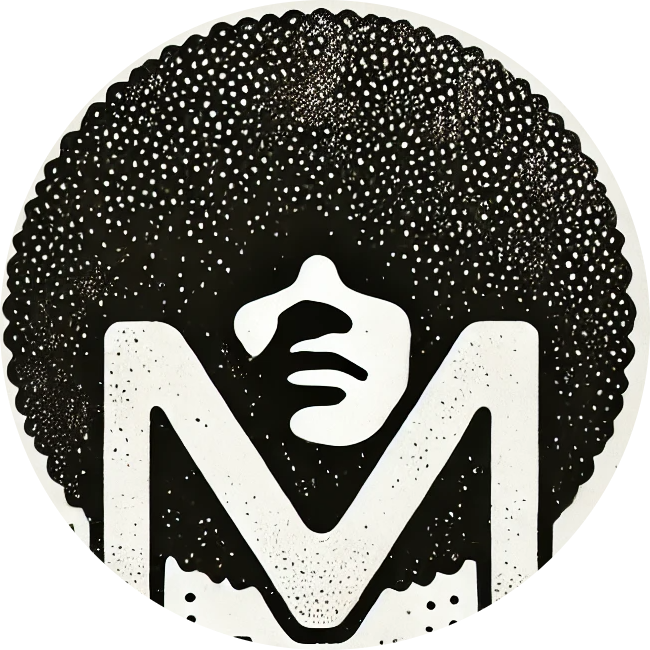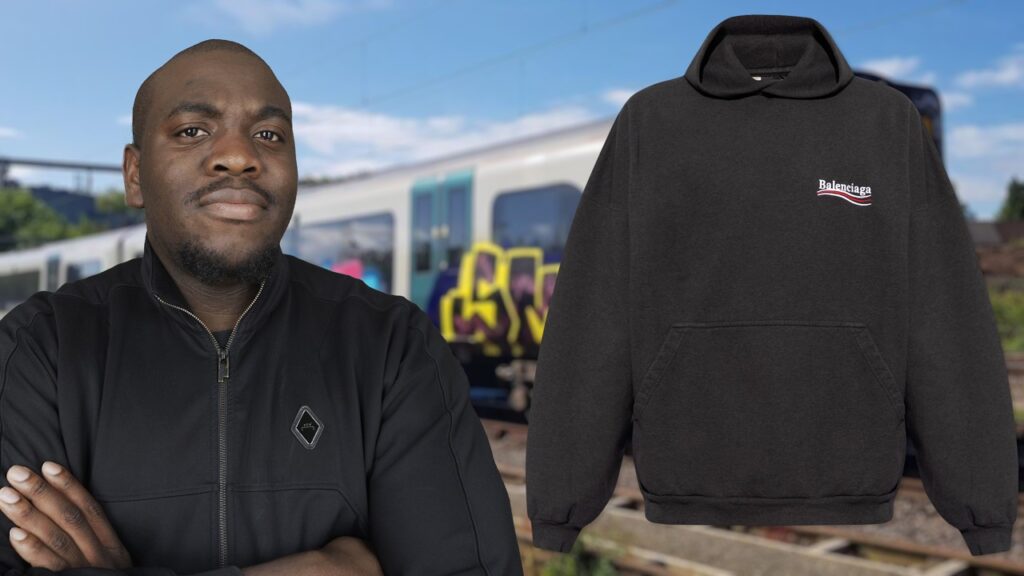Streetwear has always been more than just fashion; it’s a movement, a form of self-expression deeply rooted in urban culture, but over time, it’s often been misunderstood and reduced to simplistic garments like hoodies and sweaters. This reduction ignores the rich cultural heritage that gave birth to streetwear, a phenomenon driven by creativity, subversion, and an amalgamation of diverse influences. Brands like Supreme, Palace, and Off-White have played a pivotal role in defining and elevating streetwear into a global phenomenon, each contributing to its identity in distinct ways. Supreme, founded in New York in 1994, became synonymous with skate culture but quickly evolved into a cultural icon by blending skatewear with hip-hop, punk, and graffiti art. Its limited drops, collaborations with high-end brands like Louis Vuitton, and its unapologetically rebellious aesthetic helped turn Supreme into more than just a label; it became a symbol of exclusivity and counterculture.
Similarly, Palace Skateboards, a London-based brand founded in 2009, brought a fresh perspective to streetwear, deeply rooted in British skate culture but heavily influenced by 1990s nostalgia and rave culture. Palace’s playful yet gritty approach, along with its memorable logo and humorous ad campaigns, resonated with a new generation of fashion enthusiasts, reinforcing that streetwear isn’t about following trends but creating an identity. Off-White, founded by Virgil Abloh in 2012, pushed streetwear into the realm of high fashion, blending urban sensibilities with luxury aesthetics. Abloh’s approach was to blur the lines between street and luxury, creating garments that spoke to both worlds. Off-White’s signature use of quotation marks, industrial motifs, and deconstructed designs challenged traditional fashion norms, and Abloh’s collaborations with brands like Nike and IKEA solidified his vision that streetwear could transcend categories and influence the global fashion landscape.
Watch as I explore this topic with @mrdecember
However, as brands like Supreme, Palace, and Off-White have risen to international fame, the core essence of streetwear has often been oversimplified or lost in mainstream perception. Many now see it as synonymous with high-priced hoodies or logo-heavy garments, without recognizing the deeper cultural forces at play. Streetwear, at its heart, is a reflection of the communities and subcultures that birthed it—skateboarding, hip-hop, punk, and graffiti art, among others. It’s a blend of rebellion against traditional fashion norms, a statement of identity, and a means of storytelling through clothes. The rise of influential streetwear brands doesn’t just represent the commercialization of the style, but rather the ability of streetwear to grow while maintaining its cultural authenticity. Each of these brands—whether it’s Supreme’s underground roots, Palace’s skate-driven aesthetic, or Off-White’s luxury-street fusion—reflects a piece of the larger puzzle that makes streetwear more than just a collection of products. It’s a lifestyle, a movement that thrives on collaboration, innovation, and cultural relevance.
SUPPORT THE CHANNEL & GAIN ACCESS TO BONUS CONTENT ON PATREON: https://www.patreon.com/fashionroadman
MY FASHION E-BOOK (Effective Ways To Learn About Fashion): https://www.thefashionarchivemag.com/shop
JOIN THE FASHION DISCORD CHAT FOR FREE AND DISCUSS FASHION WITH LIKEMINDED PEOPLE:
https://discord.gg/jNC9b4NqRr
SOCIAL MEDIA: https://linktr.ee/fashionroadman
DONATE TO THE CHANNEL: https://paypal.me/odunayoojo
WHAT I USE TO STREAM: https://streamyard.com/pal/d/5748087895097344
#fashion #luxury #streetwear


